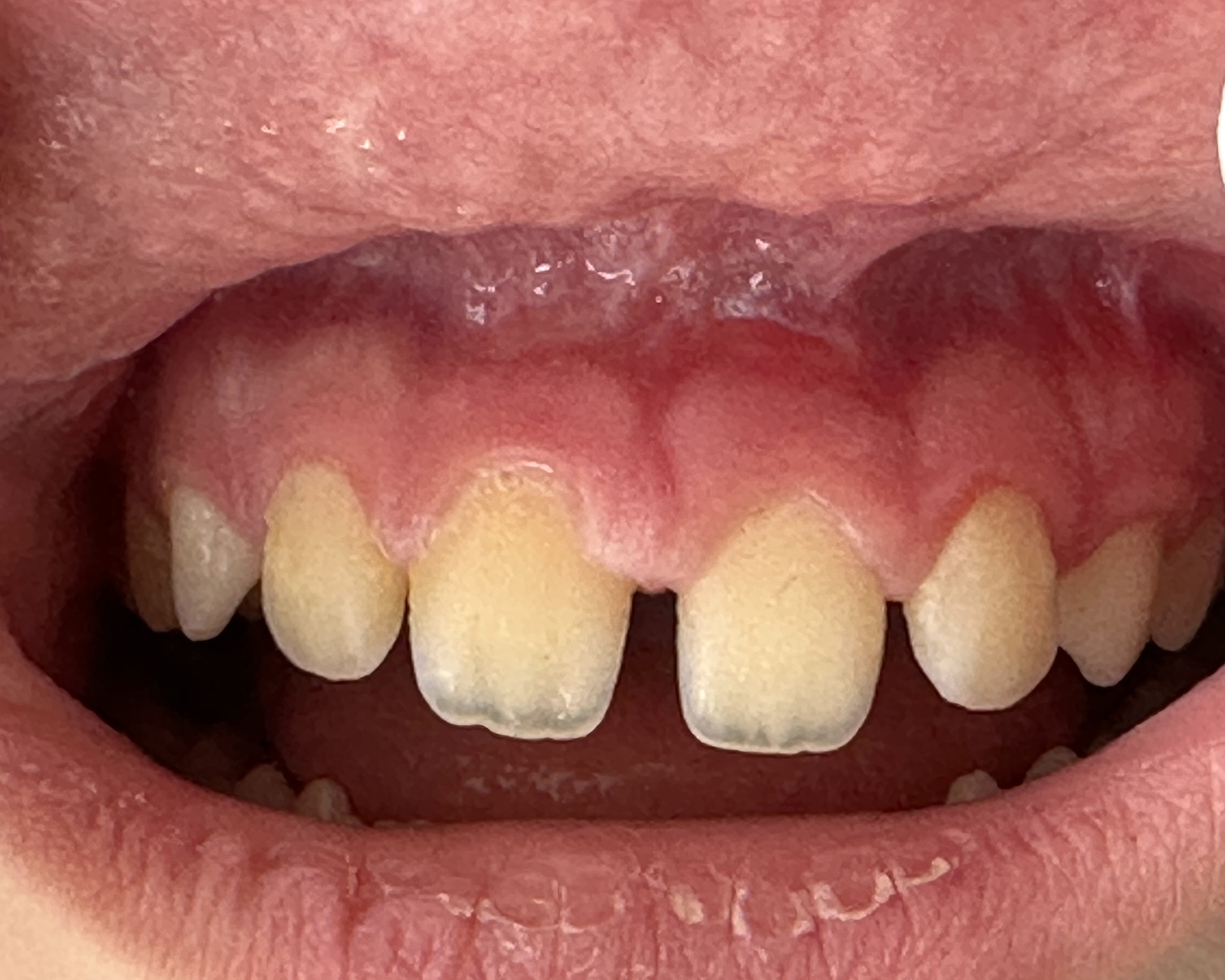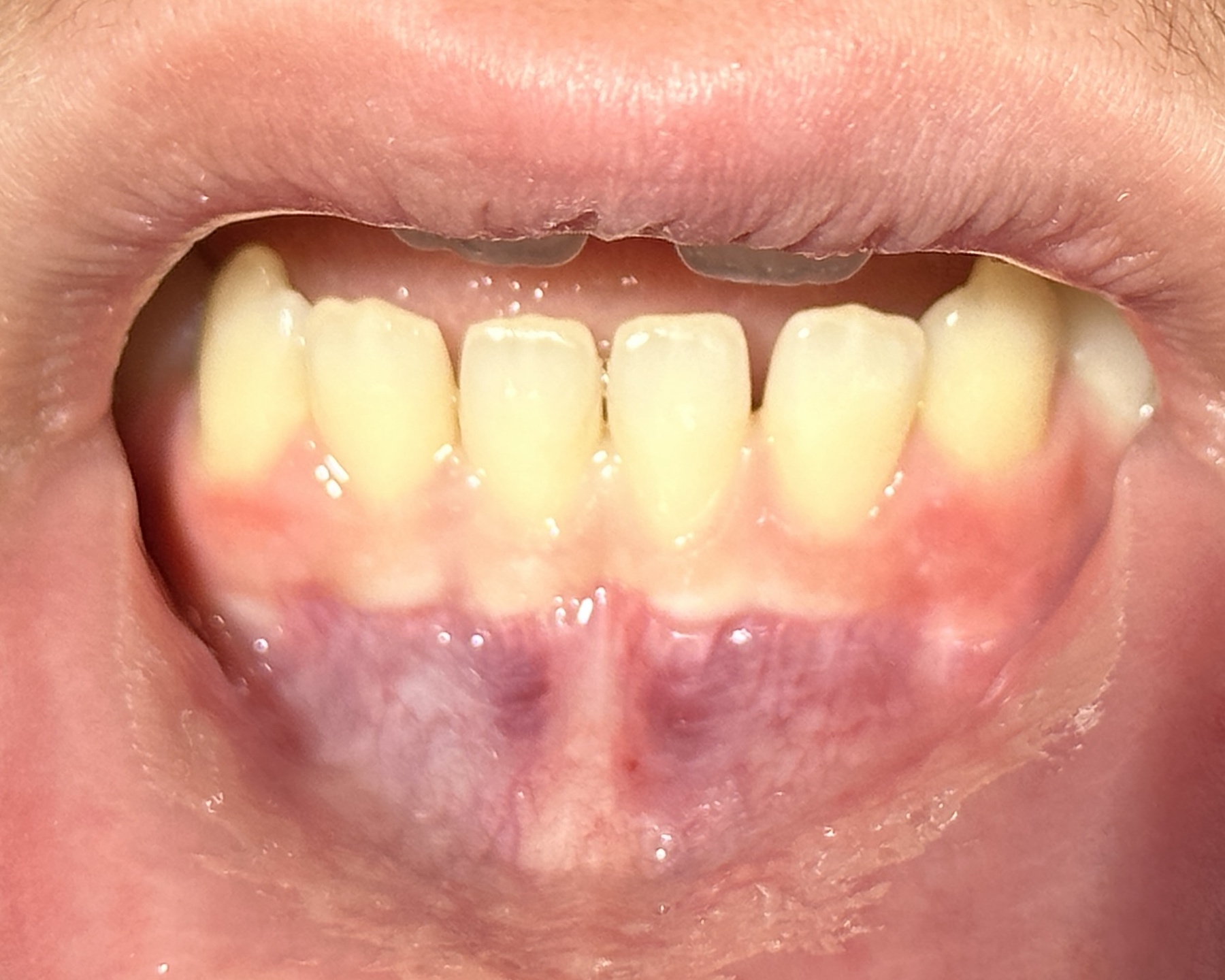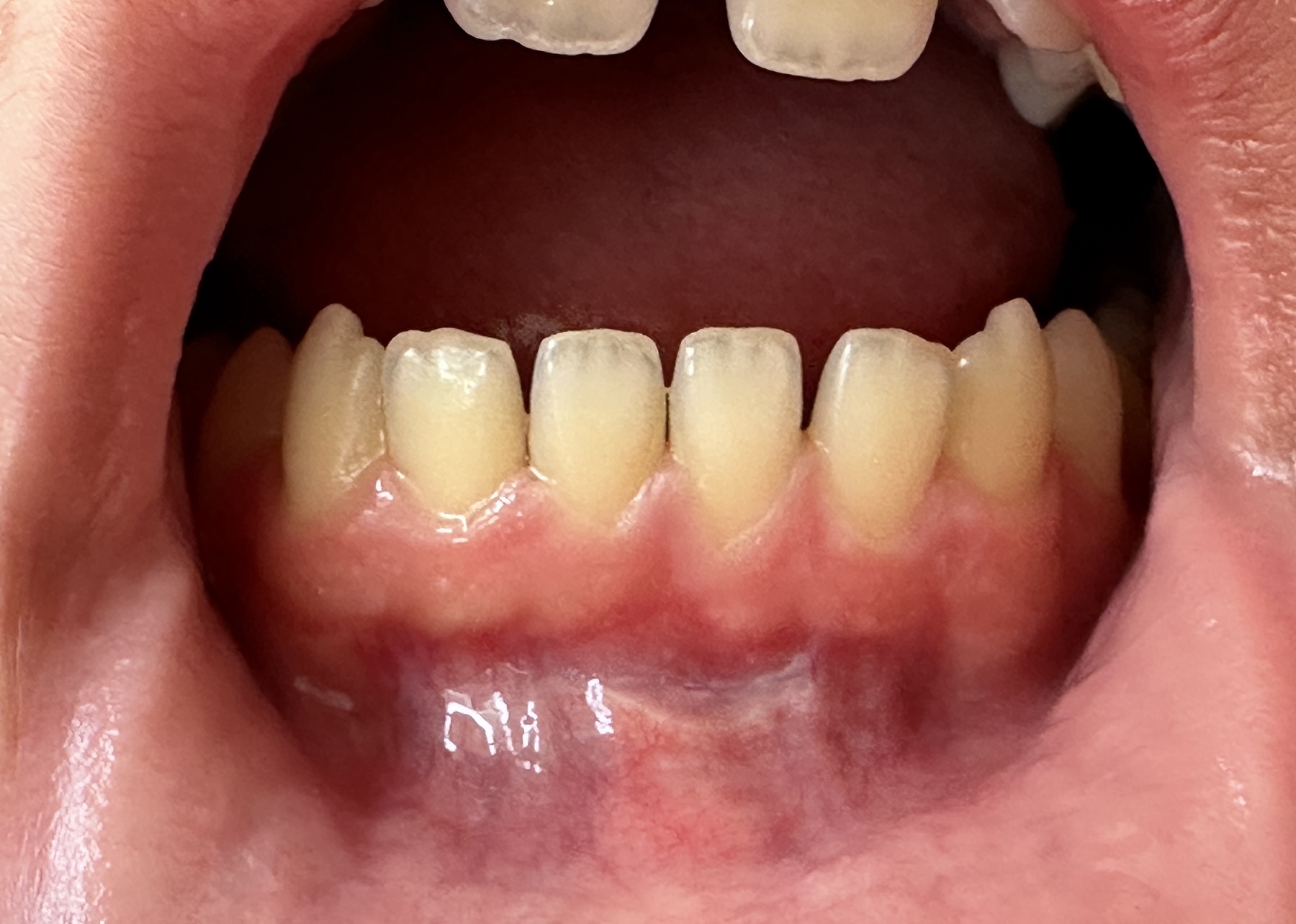Frenulectomy
Frenulectomy: A Solution to Frenum-related Issues
Frenulectomy, also known as frenectomy or frenotomy, is a surgical procedure that involves the removal or modification of the frenum to alleviate associated dental problems. The procedure aims to release tension on the teeth or gums caused by an abnormal frenum attachment.
In cases of teeth diastema, frenulectomy can be performed to eliminate the restrictive pull of the frenum, allowing the teeth to gradually close the gap. The procedure involves an incision and removal of the excess frenum tissue, followed by the suturing of the wound. It is often combined with orthodontic treatment, such as braces or aligners, to achieve optimal results.
For individuals suffering from periodontitis aggravated by an abnormal frenum attachment, frenulectomy can aid in reducing further damage. The removal or modification of the frenum helps eliminate the source of trauma, allowing the gums to heal and potentially preventing the progression of the disease. However, it is crucial to note that frenulectomy alone may not be sufficient to treat periodontitis. It should be accompanied by comprehensive periodontal therapy and oral hygiene practices.
Frenulectomy is a valuable procedure in addressing dental issues associated with an abnormal frenum attachment. It serves as an effective solution for individuals experiencing teeth diastema and periodontitis worsened by a problematic frenum. By releasing tension and trauma caused by the frenum, this surgical intervention can contribute to improved oral health, function, and aesthetics.
Understanding the Frenum
The frenum is a fold of mucous membrane that attaches the lips, cheeks, or tongue to the underlying tissues of the oral cavity. Two main frenula are found in the oral region: the labial frenum (located between the upper or lower lip and the gums) and the lingual frenum (connecting the tongue to the floor of the mouth). While the frenum serves a functional purpose, certain circumstances can lead to dental issues.
Teeth Diastema and the Frenum
Teeth diastema refers to the presence of noticeable gaps between teeth, most commonly observed in the upper front teeth. In some cases, an enlarged or overactive labial frenum may contribute to the development of diastema. The frenum’s attachment too close to the teeth can exert continuous pressure on them, leading to a separation of teeth over time. This persistent pressure prevents proper closure of the diastema, even after the eruption of permanent teeth.
Periodontitis and the Frenum
Periodontitis is a gum disease characterized by inflammation and infection of the gums, leading to tissue and bone loss around the teeth. While poor oral hygiene and bacterial plaque are primary causes of periodontitis, an abnormal frenum attachment can contribute to its progression. An excessively high or thick frenum may cause continuous trauma to the gums, leading to gum recession, pocket formation, and a greater risk of bacterial colonization. These factors can exacerbate the development and severity of periodontal disease.
At our practice, this procedure is performed by laser, thus there are no sutures involved. The result is highly predictable with minimum trauma and post-op discomfort.





